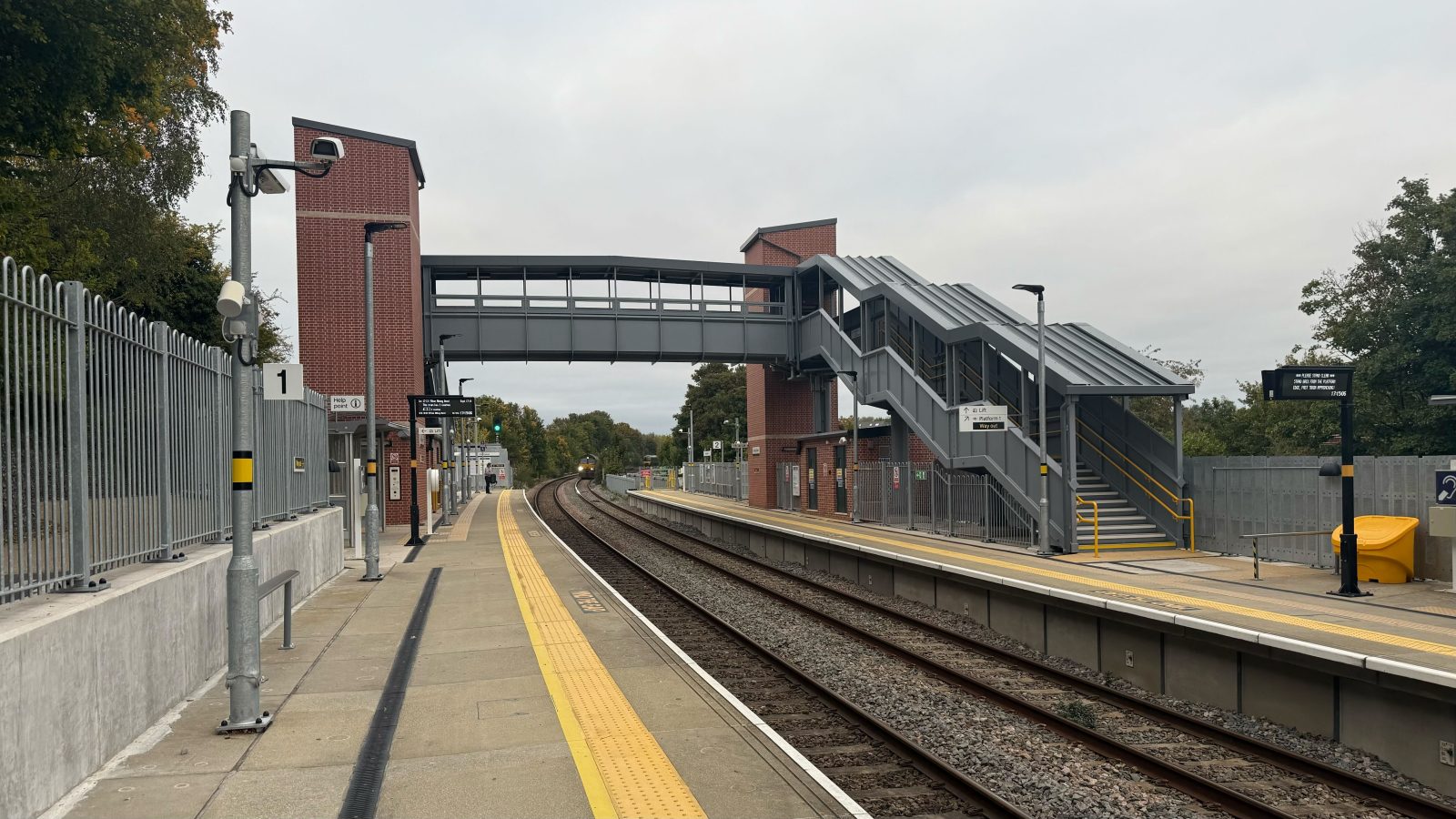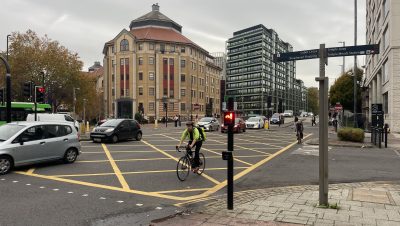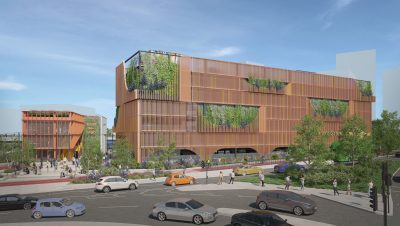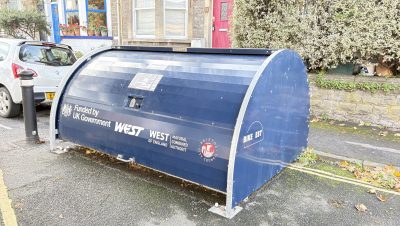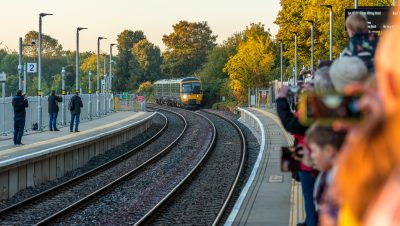News / Transport
New stations to run hourly trains
Two new train stations will open in the next few years in Bristol but services will only run once every hour.
A station opened last year at Ashley Down but services also run once an hour, so if you miss your train then it might be quicker to walk to Temple Meads than wait for the next one.
Earlier this month planning permission was approved for the new Henbury train station, which is due to open in 2028.
is needed now More than ever
Another station is planned for North Filton, next to the new YTL Arena, and this is due to open either next year or 2027.
Trains might run half-hourly for events at the arena.
Services along the Henbury line will eventually stop at Henbury, North Filton, Filton Abbey Wood, Ashley Down, Stapleton Road, Lawrence Hill and Temple Meads.
Bristol’s leading politicians hope the investment will tempt commuters away from cars and ease congestion.
However the crucial difference between driving and catching a train from one of these new stations is you don’t have to wait an hour between every service — you can set off when you like.
So with many millions of pounds spent on improving trains, why are they so infrequent?
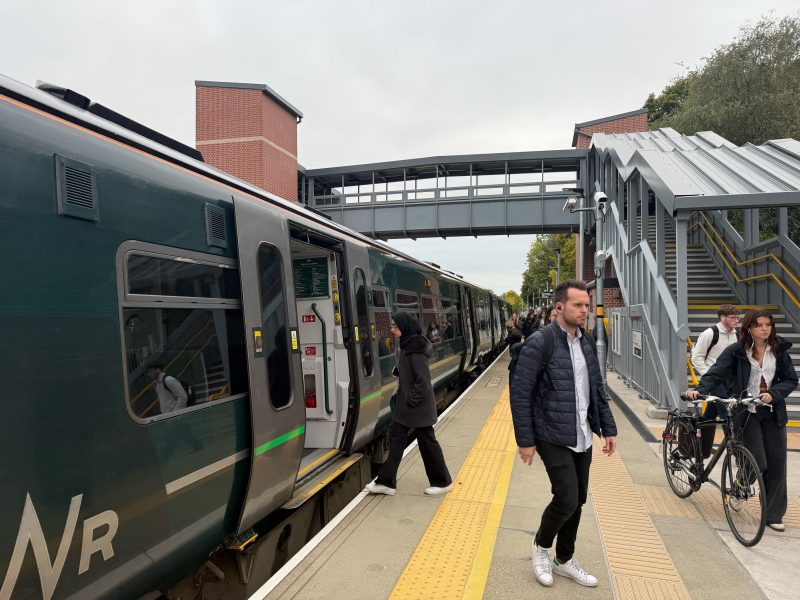
Trains from Ashley Down station also currently run once an hour
The short answer is current track and signalling infrastructure.
Much of the rail network across the country uses old signals to stop trains crashing into each other.
These are effectively like traffic lights, and due to their age they often fail, causing chaotically long delays.
Modern signalling systems allow services to run more often, with trains running closer together.
The Henbury line is a double track, which is already used by freight trains heading down to Avonmouth.
A new spur will be built next to Henbury station, to allow passenger trains to turn around and head back towards Temple Meads.
Elsewhere, building four tracks has allowed trains to run more frequently, such as on the Filton Bank, separating fast trains and slow ones.
The more complicated answer is money.
Three years ago, former Bristol mayor Marvin Rees said a 30-minute service along the Henbury line was technically feasible but too expensive.
He said this was unaffordable within the current budget, and predicted passenger numbers did not support a strong enough business case for a train every half hour.
In June, the government announced a huge £752-million investment in transport in the wider Bristol region.
The West of England Combined Authority said around £150 million of this would be spent on improving rail infrastructure, and supporting ambitions for four trains per hour at stations on the region’s growing suburban network.
How that money will be spent, from 2027, is still being discussed by the combined authority, local councils and the government.
So that promise was “indicative, rather than confirmed”.
And the government dictates that investing money on improving infrastructure must be spent wisely — which in reality often means paying consultants to spend a long time writing business cases.
On the one hand, it’s important to make sure that public money is spent efficiently, with the glaring example of HS2 showing how investing in rail infrastructure can go badly wrong.
On the other hand, the arduous hoops transport planners have to jump through can delay projects and lead to long waits for any upgrades to actually happen, such as new stations with little capacity.
But there are growing calls to increase how often these trains run.
Last year local councillors said services at Ashley Down should run more often, and criticised the “perfunctory hourly service” which missed the “huge potential of the catchment area”.
These trains are actually funded by the West of England Combined Authority, rather than Great Western Railway.
And the Bristol Rail Campaign is pushing for a train every 15 minutes in the Bristol and Bath area.
This would allow people to use the train for local journeys without needing to check a timetable, as well as letting passengers change trains without waiting for ages in between.
In the next few years, Great Western Railway will be nationalised and brought back into public ownership.
This could likely affect how the operator decides to run trains, without the current focus on generating a return for shareholders.
The government hopes that the new Great British Rail will improve how reliable trains are, with fewer cancellations and simpler tickets.
The reason why so much money is being spent on building new train stations is to give locals a “more sustainable” way of travelling around than driving.
You can fit many more people onto a train than cars on a road, making rail a more efficient way of moving thousands around a city.
Providing a viable alternative to driving would cut congestion for people who rely on their cars.
Cars also cause more pollution too, with harmful nitrogen dioxide damaging people’s health and greenhouse gases warming up the climate.
But if politicians want to encourage more drivers out of their cars and onto trains, waiting up to an hour for a journey into town might not sound very tempting to many people used to the freedom of setting off on the road whenever is convenient.
All photos: Martin Booth
 Our newsletters emailed directly to you
Our newsletters emailed directly to you